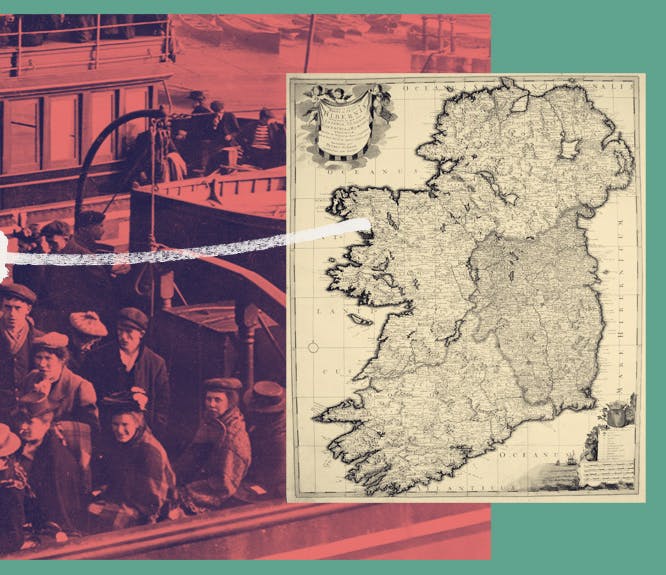The Masters of Madness: How the Monro family ruled Bedlam
2-3 minute read
By The Findmypast Team | March 18, 2015
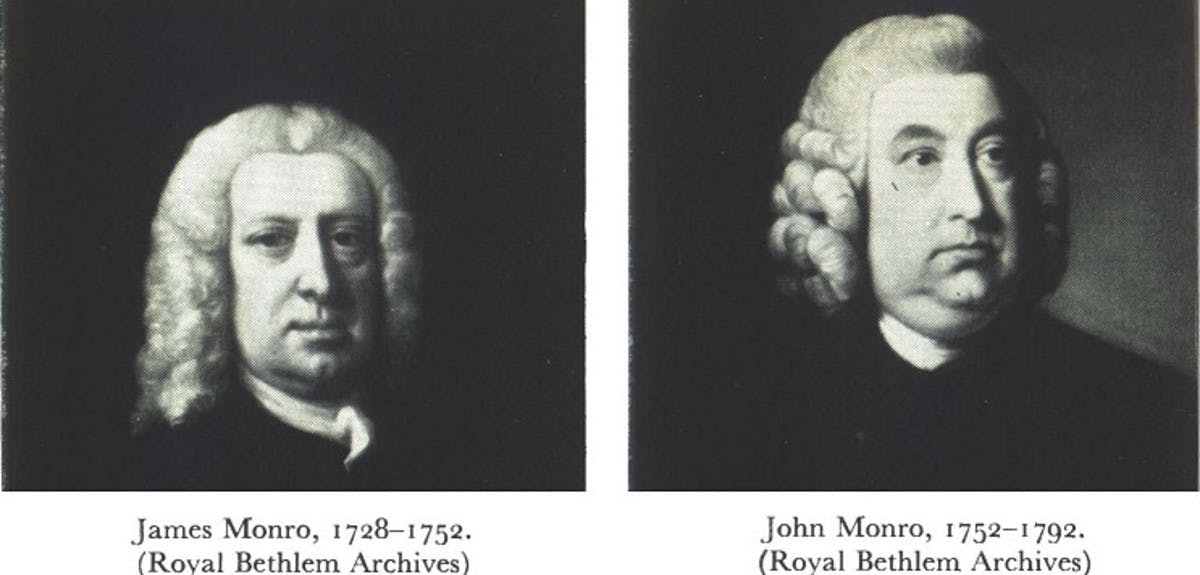
How much do you know about the historical institution nicknamed 'Bedlam'?
Bethlem was founded nearly 800 years ago, in 1247. It was the first hospital in Europe to specialise in mental illness, yet its reputation was tarnished over the years by crooked guardians whose heartless approach to those in their supposed care left chaos in their wake. Over the years its aura of insanity was amplified by misrule by the infamous Monro family, earning the institution its cruel name, Bedlam.
After 1634, Bethlem's medical staff were supposedly elected by the Court of Governors. In a bid to prevent profiteering at the expense of patients, all were eventually salaried with limited responsibility for the financial affairs of the hospital. Personal connections, interests and occasionally royal favour were nevertheless pivotal factors in the appointment of physicians.
"Personal connections, interests and occasionally royal favour were nevertheless pivotal factors in the appointment of physicians.
"
Although the posts were strongly contested, nepotistic appointment practices played a significant role. In 1728, the election of Doctor James Morno as physician saw the inception of a 125-year rule by the Monro family which controlled the asylum for four generations of fathers and sons.
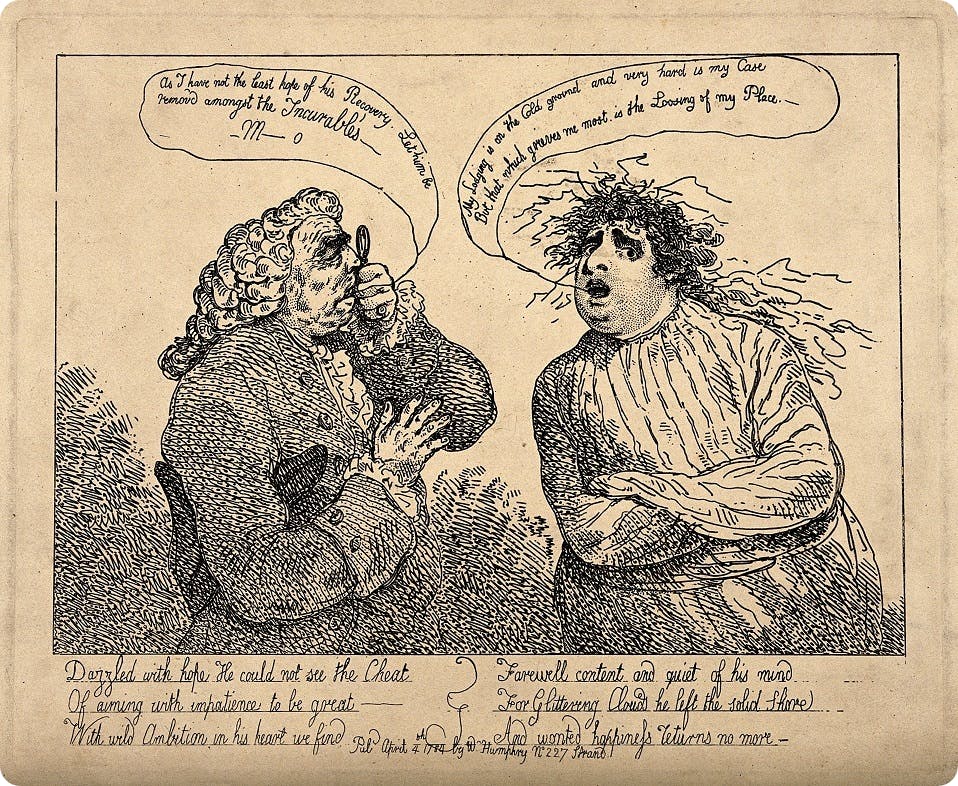
The first Monro in charge at Bethlam was James in 1728, followed by John in 1751, then Thomas in 1787. The dynasty was badly damaged by the firing of Thomas Monro in 1815, after the government documented the horrors that took place at Bedlam. His son, Edward, was the last Monro to hold the position of principle physician.
John Monro was one of the first people to lay claim to expertise in the treatment of mental disorder and assert a right to a monopoly over its identification and treatment. It was under his direction between 1752 and 1791 that the moniker “Bedlam" was conceived. Unlike most contemporary physicians, who preferred “moral" treatments for mental illnesses, the Monros advocated physical remedies. Their methods, such as hanging patients on spinning chairs, leeching, starving, and beating them, were widely considered to be tortures.
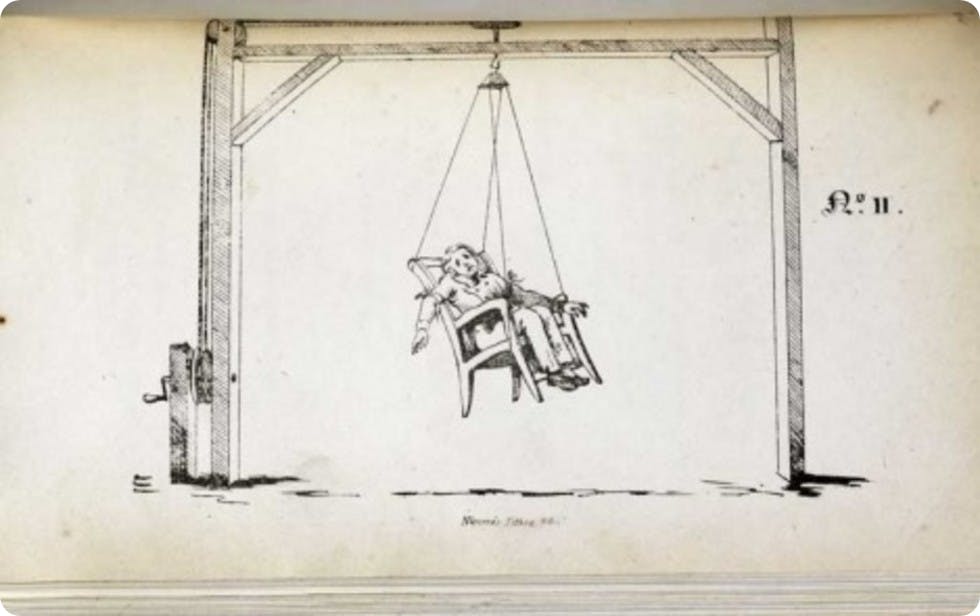
The Mornos demonstrated a galling lack of shame regarding their practices, even inviting members of the public – for a fee – to explore the hospital during the evening and poke fun at the unfortunate inmates, who were often chained inside their tiny rooms. If the subject wasn't being entertaining enough, observers prodded them with sticks until they were.
The admission price for this sport comprised a significant proportion of the hospital's overall budget. Thrift was the watchword at Bethlem, and food or other donations were often sold, leaving patients starving. The hospital was also used as a means of corrupt social control, and for the right price people could have critics put away, or husbands could lock up their wives.
The staff at Bethlem treated inmates with the same compassion as their bosses. One horrific example was that of the Apothecary John Halsam, who was appointed by Thomas Monro in 1795. Halsam believed that in order to be cured, the mentally infirm first needed to be broken. This entailed a variety of gruesome tortures, so widely vilified that the Quaker philanthropist Edward Wakefield managed to gain entry to the hospital – despite the efforts of Bethem personnel - accompanied by a governor and member of Parliament.
What they found was sufficient to merit an inquiry, and precipitated resignation of Thomas Monro, after he was denounced as “wanting in humanity". One victim, a patient named James Norris, had been trapped in a harness for 14 years. This was attached to chains which the staff would pull at random intervals, slamming him into the wall.
As time passed, the Monroes were increasingly portrayed as stereotypical “mad doctors" in plays and poems, and famous in popular culture thanks to cartoonists, pamphleteers, and Grub-Street scribblers. After Thomas Monro stepped down in 1816, Bethem started to take small steps towards more humane methods of treatment. When Broadmoor hospital opened in 1863, Bethlem's criminally insane inmates were transferred there, which also helped to lessen its association with violent madness.
Related articles recommended for you

We found war veterans and healthcare workers within Keir Starmer's family tree
Discoveries

How genealogy can bring your family closer
Getting Started
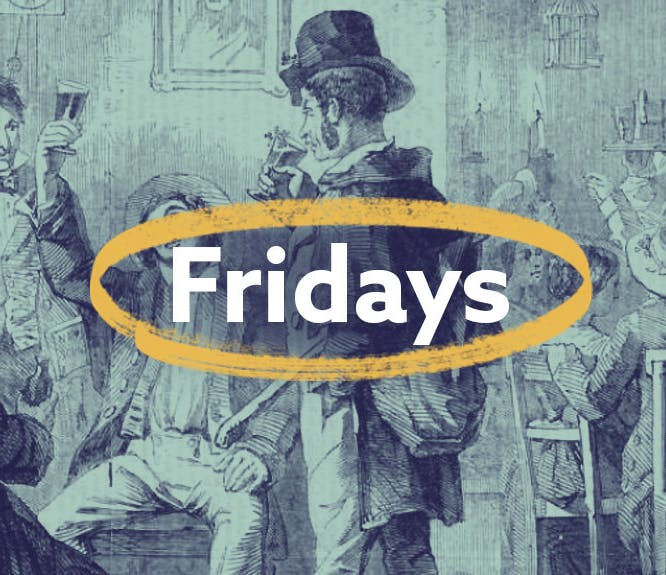
Celebrating Irish stories with almost a million new records
What's New?
